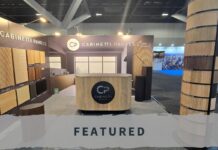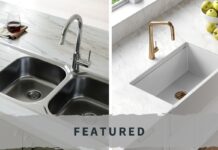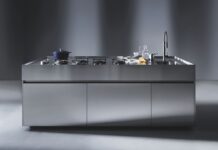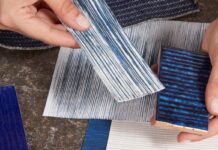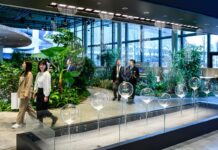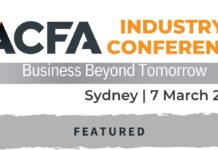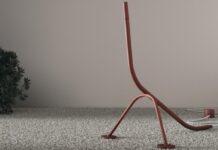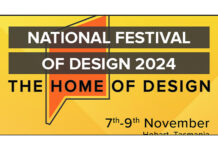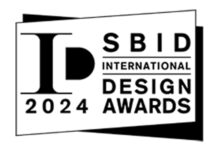Kohler is a big company! So big they have a position in their organisation that is titled “Senior Channel Manager in Sustainability”. Rob Zimmerman holds this position and regularly puts out press releases about, yep you guessed it, sustainability. This is his latest piece and raises some very good and interesting points.
“Just a few years ago, it seemed as if everyone was talking about reducing the water usage of plumbing fixtures and fittings as being the best way to conserve water. We still hear this from time to time, mostly when a particular region is devastated by drought, but mostly those concerns have dissipated.
Critics may assume this indicates that consumers no longer care about water efficiency, but those of us in the center of the water industry have seen a shift in – not a lack of – concern. Let me put it this way: When was the last time you saw someone shop specifically for a non-Energy Star home appliance? They don’t. Consumers don’t look for Energy Star-rated appliances; they expect that the appliance is Energy Star-rated. It is just that commonplace.
We’ve seen this shift with WaterSense-labeled and water-efficient products – homeowners want a great faucet or toilet and they simply expect it to be as efficient as possible without having to think about it. The 2014 EcoPulse Survey, conducted by The Shelton Group, shows that consumers expect that leading brands are designing great products, and efficiency is just one aspect of greatness. Choosing a water-efficient product used to be considered the “better choice” but with this shift in consumer mindset, “better” takes on a different meaning.
What has replaced efficiency in this discussion is a more holistic take on what it means to be an eco-friendly product. There is a groundswell of consumers demanding to understand more about the products they purchase and consume – they expect manufacturers to provide that information in an easy-to-understand way.
We see this first in products that are consumed (food and beverages), then in products that are applied (cosmetics, personal care products) and finally in products that people buy for their homes (furnishings, building products). Consumers want to understand where the product came from, how it will affect them while it’s being used and what to do with it when its useful life ends. Professionals helping consumers make the choices in their product selection need suppliers to provide information on those products, with some hard data behind it.
Take the food industry for example – the overwhelming demand for locally sourced food supply isn’t going to disappear overnight. In fact, it is growing exponentially, in part due to the rising interest in “Community Supported Agriculture” (CSA) programs. Restaurants and grocery stores that have embraced this trend see increased profits and customer loyalty.
And it doesn’t stop there – consumer electronics have become more transparent in the materials used and end-of-life plan for the products. This, too, will make its mark on the plumbing industry, and those who want to succeed need to be ahead of this wave. Consumers will undoubtedly become choosier about materials and products, conducting much more in-depth comparisons of products and manufacturers, and they will expect that trade professionals are just as educated as they are, if not more.
Fortunately, there’s a document that provides this information. An Environmental Product Declaration, or EPD, is a third-party-certified document that conveys the manufacturer’s understanding of the environmental impact of a product over its entire lifecycle, including raw material extraction, manufacturing, transportation, service life and ultimate disposal or recycling.
So rather than just talking about one feature of product, such as how much water or energy it uses, the EPD also includes information on what the product is made from, how much water and energy it took to obtain the raw materials, many other environmental impacts of those processes and what the impact is upon disposal. An EPD is like an environmental scorecard – the first one that attempts to count everything.
Further, EPDs for similar products can be compared with each other. Each type of product has its own special rules for how the environmental data is to be collected and presented. In theory, one can look at EPDs for toilets from several brands and get an idea of which ones are better overall from an environmental standpoint.
But a word of caution: Collecting all of the environmental data to produce EPDs is complicated and time-consuming. When actual process data isn’t available, manufacturers rely on published databases to fill in the gaps. Since EPDs are relatively new – at most 10 years, and much less than that for plumbing products – manufacturers are working to create and improve the data in them. It’s definitely a work in progress, and I fully expect the quality and presentation of information in EPDs to improve in the coming years.
Why is all of this important? For consumers and specifiers who strive to make better environmental choices, EPDs can help them decide. An example is building owners who are looking to earn LEED certification. While LEED has always included points for reducing water and energy use in a building, it’s evolved to be holistic about all environmental impacts.
In LEED v4, which was launched in November 2013, projects can now earn points for including products that have EPDs. The intent of this credit is to create a market incentive for more building product manufacturers to provide environmental information about their products. Transparency about what goes into a product will drive companies to eliminate the bad stuff and spur innovation in materials and process development, which will lead to products that are better for the environment while still delivering the experiences consumers expect.
So consumers today expect efficiency. And they expect manufacturers to be doing the right things for the environment. EPDs and the broader movement toward full transparency will harness the power of the market to reward product manufacturers who do both. Specifiers can aid this process by learning more about environmental issues and helping their clients make informed choices.”
We know many of you out there are conscious of issues pertaining to sustainability and use this in your designs – does this article offer some assistance?


